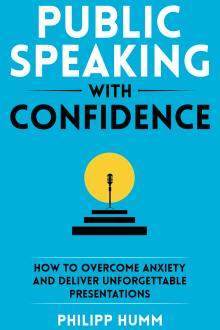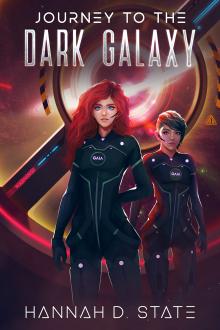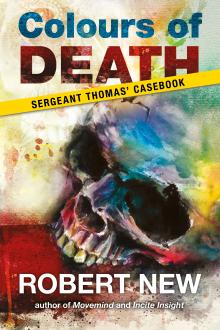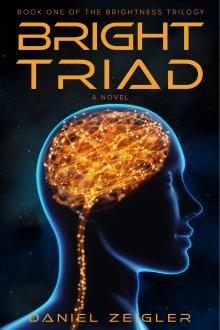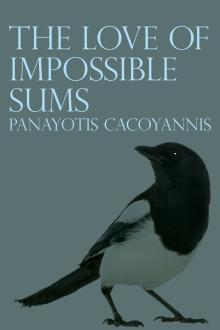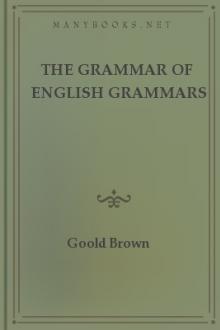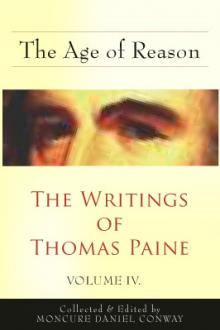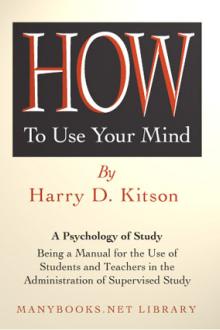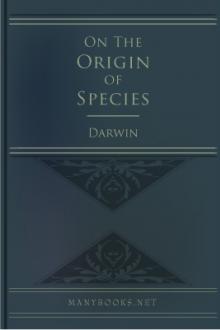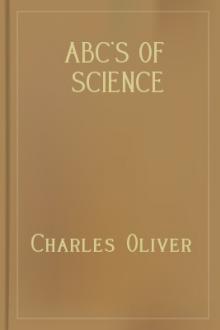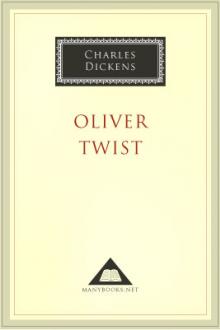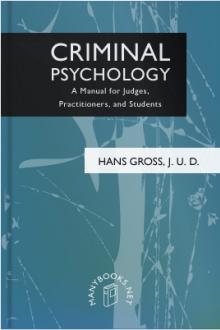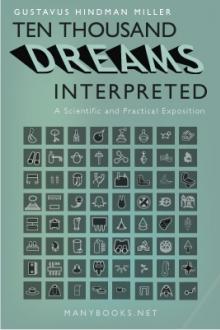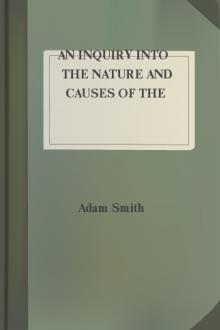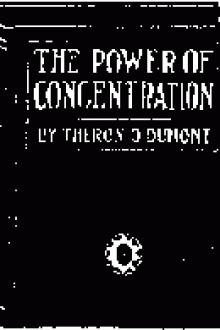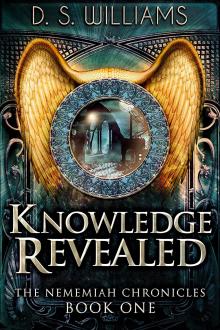Epilepsy, Hysteria, and Neurasthenia
Epilepsy, Hysteria, and Neurasthenia
Book Excerpt
epilepsy the irritation
spreads to the other side of the brain also, consciousness is lost, the
convulsions become general and bilateral, and the patient presents exactly
the same picture as if the attack were due to grand mal.
All degrees of violence are seen. The convulsions may consist only of a rapid trembling, or the limb or limbs may be flung about like a flail.
Jackson said: "The convulsion is a brutal development of a man's own movements, a sudden and excessive contention of many of the patient's familiar motions, like winking, speaking, singing, moving, etc." These acts are learned after many attempts, and leave a memory in certain groups of brain cells; irritate those cells, and the memorized acts are performed with convulsive violence.
The convulsions are followed by temporary paralysis of the involved muscles, but power finally returns. As we should expect, this paralysis lasts longest in the muscles first involved, and is slightest in the muscles whose brain-centres were irrita
FREE EBOOKS AND DEALS
(view all)Popular books in Science, Non-fiction
Readers reviews
0.0
LoginSign up
Be the first to review this book
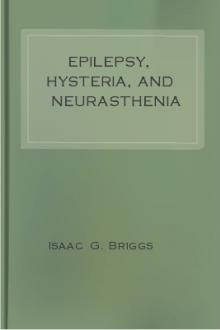
 Free Download
Free Download



